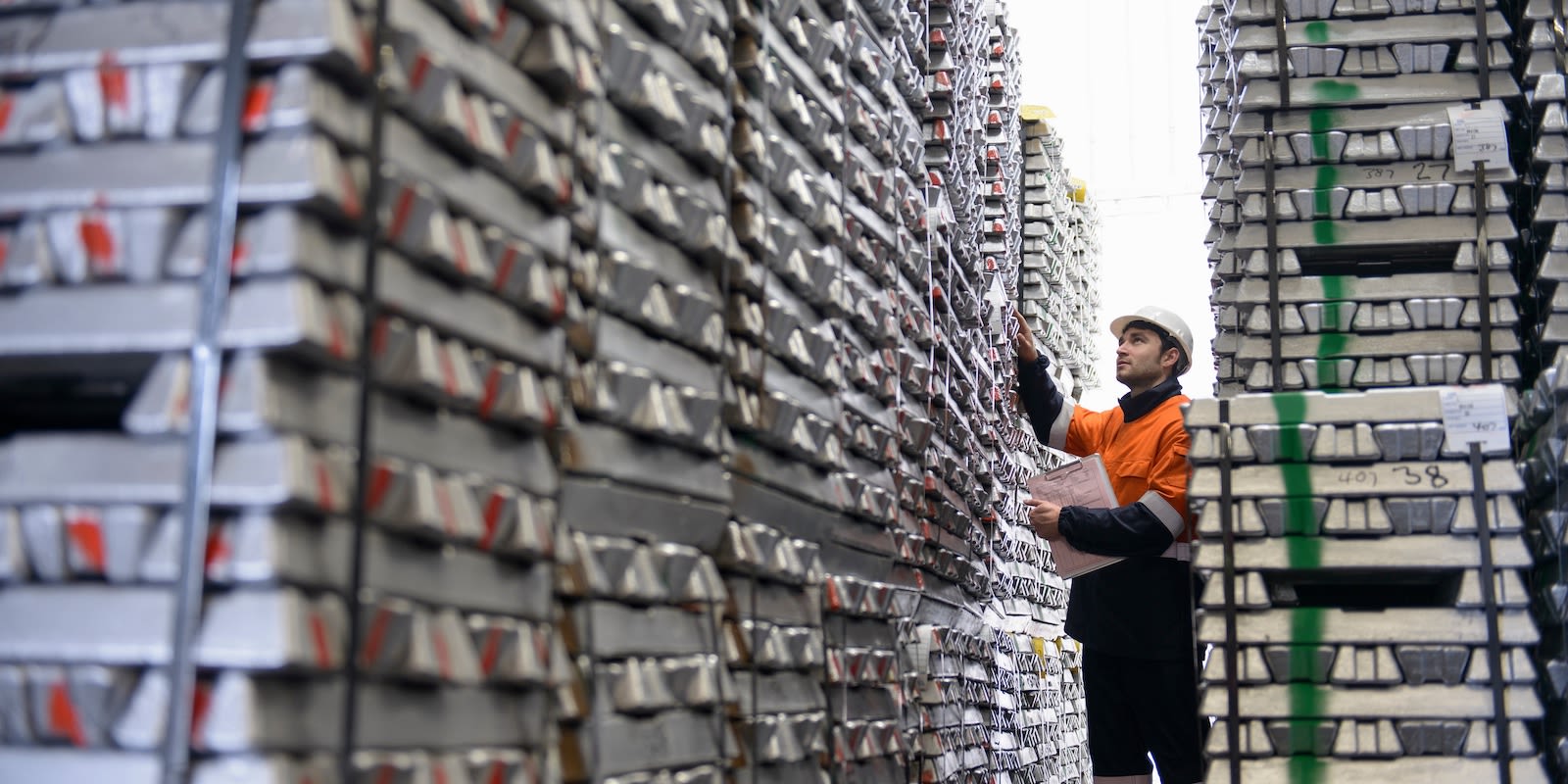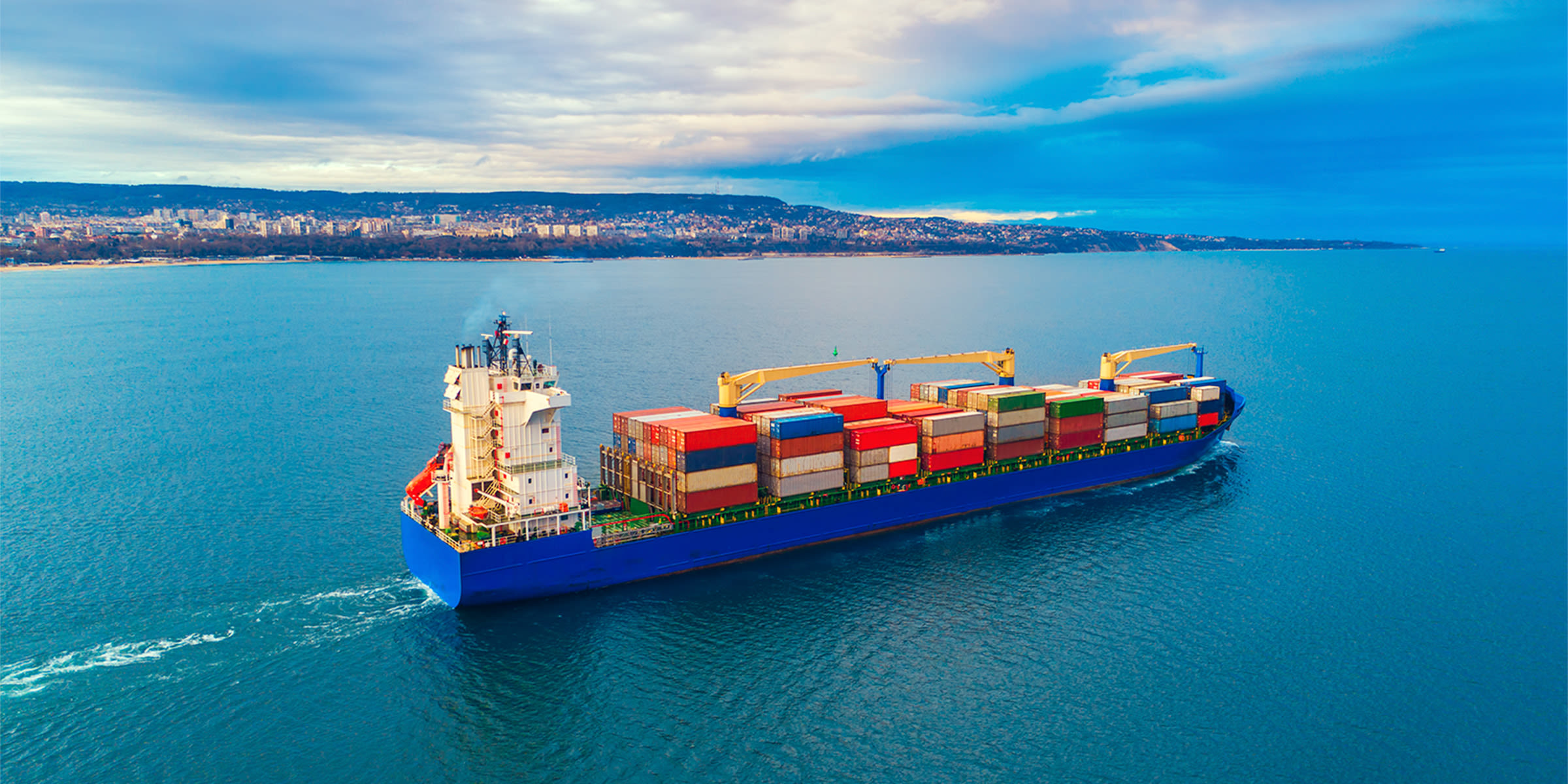
May 31, 2022
Steel Yourself for CBAM - The Way Ahead
Steel Yourself for CBAM - The Way Ahead
May 31, 2022
The EU is committed to implementing the Carbon Border Adjustment Mechanism (CBAM). How will companies be affected? What hurdles does implementation face? This is the second of a series of reports looking at CBAM’s potential impact on global supply chains. It focuses on the basics behind CBAM and general challenges faced by the corporations involved.
In the first part of this two part report on the outlook for the EU’s Carbon Border Adjustment Mechanism (CBAM) we identified the origins of CBAM, the goals of the program, and the products covered. This report tackles the impact on firms importing to the EU, as well as outlining several strategies companies can consider.
Importers Face Paperwork, Sourcing Choices
Carbon reporting for the CBAM is projected to start in 2023, adding administrative burden for companies, while the tax is likely to come into force in 2026. Very little of the program is set in stone, however, as while CBAM has been approved by some bodies, member state approval may require changes to the final details. This regulatory uncertainty may complicate importers planning efforts.
With the first stages of CBAM potentially coming into effect in 2023, companies importing carbon intensive goods will have to track and report the emissions of those goods and maintain a balance of carbon certificates throughout the year. In the current implementation, the price of CBAM certificates will be set at the average weekly price of the EU’s cap and trade auctions, essentially pulling imports into the program.
Companies will need to hold CBAM certificates amounting to at least 80% of their emissions quarterly and then will need to true-up at the end of the year, allowing some opportunity for purchasing and stockpiling of certificates at opportune times. This means that a company that imports 100 tons worth of CO2 will need to have 80 tons worth of CBAM certificates on file that quarter - and if they anticipate the price of certificates will go up, there may be an opportunity to buy more than needed, stockpiling for future imports.
There are several strategies that firms could employ as the regulations near implementation.
- Purchasing and stockpiling goods to minimize exposure to the tax when it is first implemented. This carries inventory costs, and will likely only work for a short term.
- Hedging carbon costs to minimize exposure, utilizing forecasting to buy anticipated needs at the lowest possible price.
Set up secondary production in the EU. This is likely the most expensive option, as firms would have to incur set up costs in Europe as well as still paying for carbon emissions via the EU’s carbon trading program. - Produce goods in a country that has an ‘equivalent’ cap and trade program, of which details of who qualifies has not been decided.
- A more extreme reaction would be to stop selling in the EU altogether, abandoning the market.
- A middle ground approach could be to change the product mix of imports to the EU, shifting imports towards more valuable versions of the listed commodities. This would likely reduce the overall burden of the tax as emissions costs will mostly be based on mass.
In steel, for example, importers may find it more cost effective to import goods that are more expensive per ton, like steel pipe fittings shown in Figure 1, which will have a lower effective tax rate, instead of steel pipes. The same amount of steel will likely have the same or similar carbon cost, so selling that amount for higher prices minimizes price exposure. This could have an inadvertent consequence, however, as it incentivises higher value production outside the EU.
The risk of this, however, is that the CBAM calculation is adjusted or more complex goods are added to the program.

Long Path to Implementation
Recent updates from the European Parliament have proposed an expansion of the program to cover hydrogen, polymers, and organic chemicals. The proposal also includes moving up the start of CBAM and adding in indirect emissions to the calculated carbon total.
The program may face more scrutiny as it comes up for consideration among member states and the parliament as a whole, especially if the economy worsens over the coming year.
Finally, CBAM will likely raise concerns at the WTO.
- CBAM may conflict with the most favored nation principle, where each nation in the WTO should get the treatment of the most preferential member.
- If a country is exempted from CBAM requirements, which is possible if they have an equivalent cap and trade scheme, other WTO members may complain.
Other issues may stem around WTO tariff commitments that EU countries have made, but the EU is likely to maintain that CBAM is an internal policy and not a tariff covered by the WTO.
In conclusion: The Carbon Border Adjustment Mechanism is designed to level the playing field for EU manufacturers versus their non-EU competitors. It will likely have similar effects to an import duty and will require companies to reconsider the structure of their supply chains. Reshoring to the EU is one option, offshoring production of higher value-added products is another. Precise rules depend on the details of implementation, which will not be a work of moments.
Disclaimer: The contents of this report are made available for informational purposes only and should not be relied upon for any legal, business, or financial decisions. Flexport does not guarantee, represent, or warrant any of the contents of this report because they are based on our current beliefs, expectations, and assumptions, about which there can be no assurance due to various anticipated and unanticipated events that may occur. This report has been prepared to the best of our knowledge and research; however, the information presented herein may not reflect the most current regulatory or industry developments. Neither Flexport nor its advisors or affiliates shall be liable for any losses that arise in any way due to the reliance on the contents contained in this report.
About the Author
May 31, 2022




